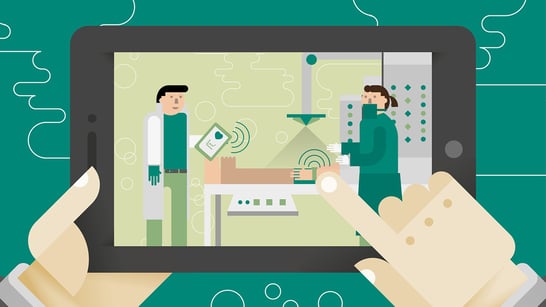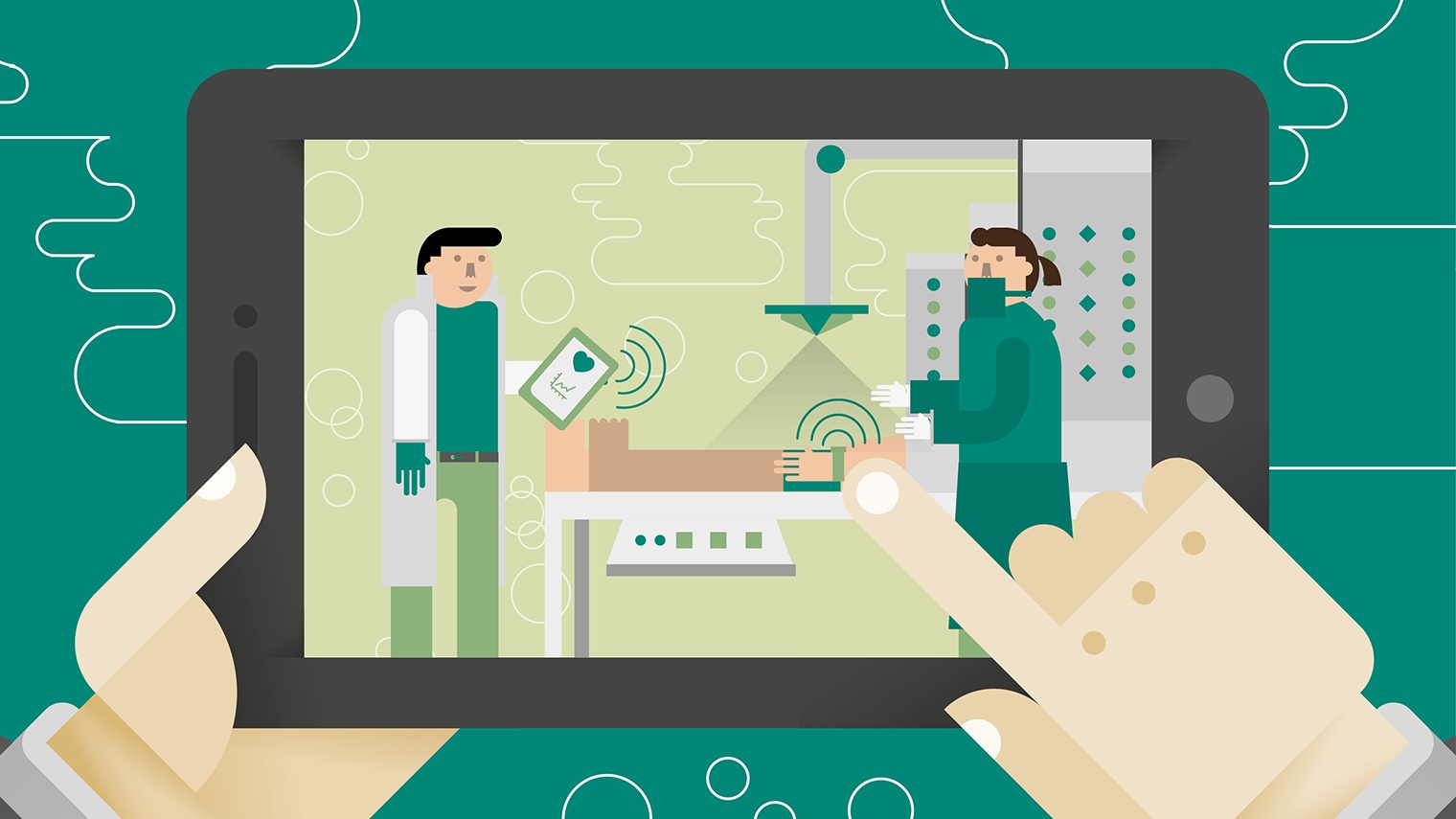 When it comes to healthcare, technology is not only convenient, but also life-saving. It is also constantly changing. We compiled a list of tech trends you should expect to see in the near future.
When it comes to healthcare, technology is not only convenient, but also life-saving. It is also constantly changing. We compiled a list of tech trends you should expect to see in the near future.
telehealth
Telehealth is the use of digital information and communication technologies, such as computers and mobile devices, to access health care services remotely and patients can manage their health care. They can use an online patient portal to see their test results, schedule appointments, request prescription refills or email their doctor.
Virtual appointments enable them to see their doctor or Nurse via online live video. These appointments let them receive ongoing care when an in-person visit isn't required or possible. These web-based "visits" can also be used for minor illnesses, similar to the services available at a drop-in clinic.
Health care chat bots
Chat bots can help patients with a number of things such as book appointments, remind them to take their pills or assist them in refilling their prescriptions. Here are a few examples of health care chat bots and what they do.
- Florence — this chatbot Nurse tells patients to take their medicine, gives them instructions if they forgot to take a pill, monitors their health (and periods for women) and can help them find specialists and book appointments in their area.
- Your. MD — it replaces the assistant of a GP, asks about symptoms and puts enough questions approved by health professionals to identify a condition probabilistically then sets up appointments, referring patients to physicians.
- Safedrugbot — this messaging app helps doctors take notice of possible side effects of drugs during breastfeeding and helps to keep mothers safe.
- Babylon Health — another conversational healthcare assistant with the feature of booking a doctor.
- SimSensei — still in its experimental phase, it uses voice and face recognition to mimic a therapist, also interacting with the patient at deeper levels.
Smart Beds
Smart beds are continuing to gain popularity. For example, the Stryker S3 bed is a popular acute care/MedSurg that many hospitals use currently. The Stryker safety solution is called iBed. iBed allows the user to set up conditions for the settings on the bed and if the bed is set outside those parameters, visual indicators notify the user that the bed must be put back to the safest condition for that patient. Also, the beds are set up to be wireless, removing the need to remember to plug the bed into the wall and no more damaged 37-pin connectors. The bed is loaded with sensors including weight, brake, rails, and head-of-bed angle. This makes bed related patient safety easy requiring very little upkeep.
Patient and Staff identification systems
Patient and staff identifiers in the hospital setting have become increasingly important in light of patient mix-ups and unauthorized people entering a facility or accessing patient records.
According to an article by Americanmobile.com, "Bar codes, wristbands and radio frequency identification (RFID), all work to track and identify patients in an effort to reduce errors while also keeping the hospital population safe. New palm vein technology, eye scans and microchips have also been introduced as a way to identify both patients and healthcare professionals, and to cut down on unauthorized access to patient files."
Digital Patient Room Whiteboards
Interactive Digital Whiteboards integrate with a hospital’s real-time location services. It provides patients with their daily schedule, introduces staff as they walk into the room and logs which clinicians visited the patient.
According to NewYork-Presbyterian, "patient electronic boards digitize and improve upon traditional whiteboards. Instead of requiring providers to erase and re-write any new information, the boards integrate with the patient’s Electronic Medical Record (EMR) data to display any updates as they happen. Patients and providers can immediately see accurate pain scores, fall risks, and scheduled tests, and family members can see important phone numbers. The boards display data visually wherever possible, including pictures of a patient’s entire care team in real time.
Cloud Computing
Personalized medicine
How do you feel about the impact technology has on healthcare? Do you use any of these in your work place? If so, do you think it positively or negatively effects your work? Please share your comments below!






